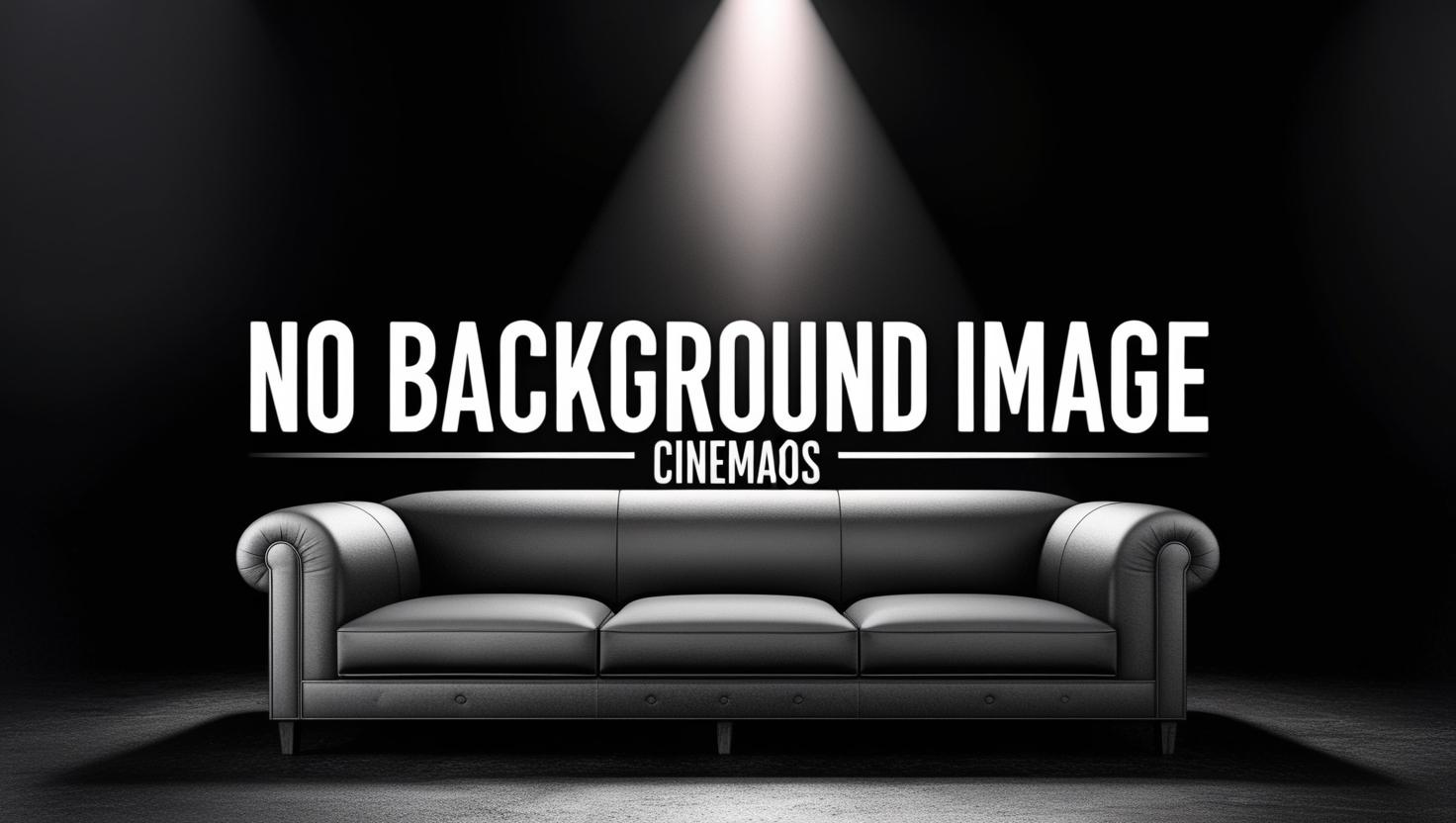
Cast & Crew
20 members
Acting
Harry Baer
Self

Camera
Michael Ballhaus
Self

Acting
Karlheinz Braun
Self
No Image
Acting
Karlheinz Böhm
Self

Acting
Ingrid Caven
Self

Directing
Rainer Werner Fassbinder
Self (archive footage)

Acting
Andréa Ferréol
Self

Writing
Pea Fröhlich
Self
No Image
Camera
Dietrich Lohmann
Self
No Image
Editing
Juliane Lorenz
Self
No Image
Production
Peter Märthesheimer
Self
No Image
Acting
Lilo Pempeit
Self (as Liselotte Eder)

Acting
Kurt Raab
Self (archive footage)

Sound
Peer Raben
Self

Production
Günter Rohrbach
Self

Directing
Volker Schlöndorff
Self

Directing
Xaver Schwarzenberger
Self

Acting
Hanna Schygulla
Self

Production
Luggi Waldleitner
Self

Directing
Peter Zadek
Self






































